Home>Maintenance & Safety>Child & Elderly Safety at Home>When Should You Stop Using A Baby Monitor
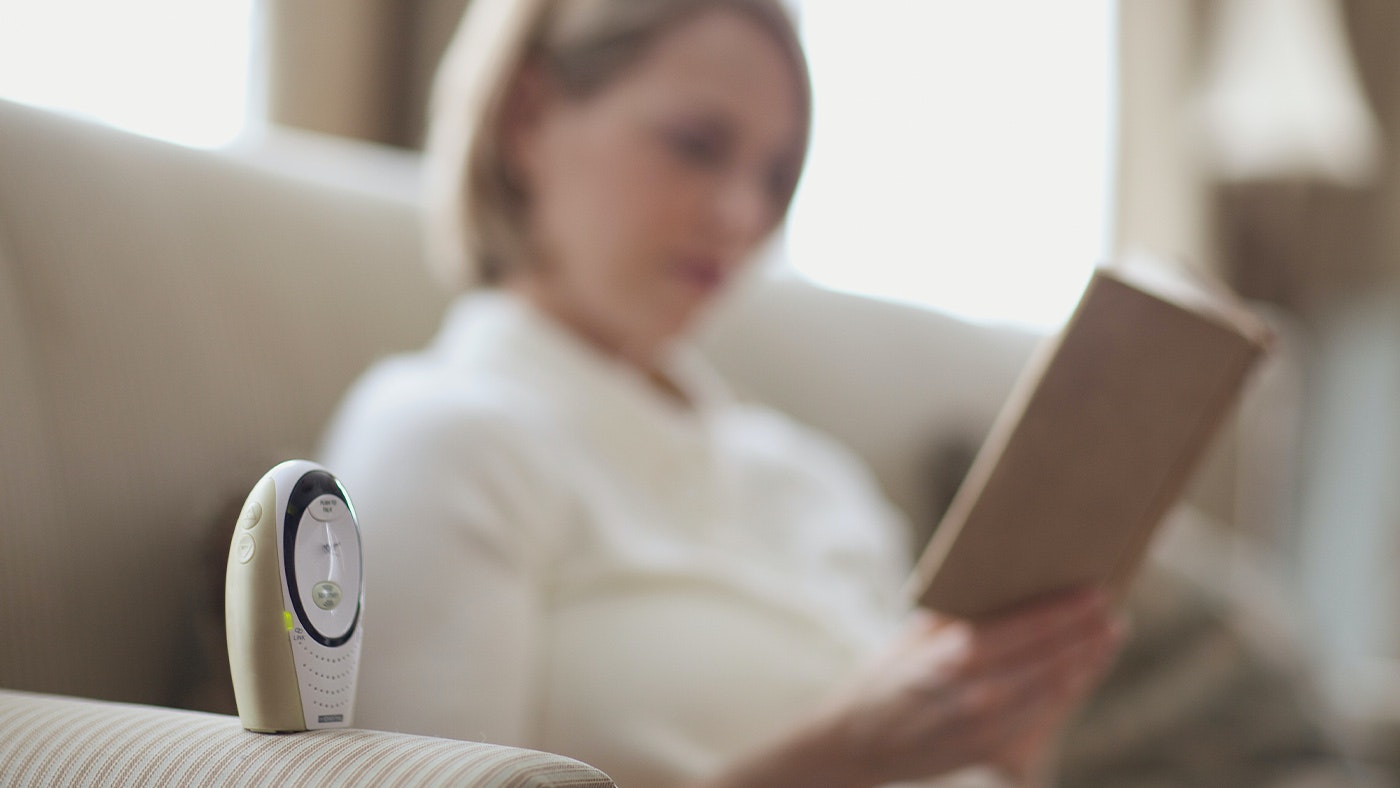

Child & Elderly Safety at Home
When Should You Stop Using A Baby Monitor
Modified: January 14, 2024
Learn when it's safe to stop using a baby monitor and ensure child and elderly safety at home. Get expert tips and advice for a smooth transition.
(Many of the links in this article redirect to a specific reviewed product. Your purchase of these products through affiliate links helps to generate commission for Storables.com, at no extra cost. Learn more)
Introduction
Bringing a new baby home is an exhilarating and overwhelming experience for any family. Amidst the joy and chaos, ensuring the safety and well-being of the newest family member becomes the top priority. Baby monitors have been a staple in many households, providing parents with peace of mind by allowing them to keep an ear and eye on their little one from a distance. However, as your child grows, their needs and level of independence evolve, prompting the question, "When should you stop using a baby monitor?"
This article aims to guide parents through this transitional phase, offering insights into the signs that may indicate a child no longer needs a baby monitor, the risks of continuing to use one unnecessarily, and the factors to consider when deciding to part ways with this familiar device. Additionally, practical tips for transitioning away from using a baby monitor will be provided to support parents in this important milestone. So, let's delve into the various aspects of this decision and empower parents with the knowledge to make an informed choice for their family's unique circumstances.
Key Takeaways:
- Knowing when to stop using a baby monitor is important as your child grows. Look for signs like consistent sleep patterns and independent mobility to make the transition confidently.
- Transitioning away from a baby monitor requires open communication, gradual reduction, and reinforcing sleep routines. Trust your instincts and support your child’s growing independence.
Read more: How Long Should You Use A Baby Monitor
Benefits of Using a Baby Monitor
Using a baby monitor offers a myriad of advantages for parents, caregivers, and, most importantly, the safety and well-being of the child. Here are some of the key benefits:
- Peace of Mind: One of the most significant benefits of using a baby monitor is the peace of mind it provides to parents. With the ability to listen to and observe their baby from another room, parents can rest assured that they will be alerted to any signs of distress or discomfort.
- Remote Monitoring: Baby monitors allow parents to remotely monitor their child while they are in another part of the house. This feature is especially useful during nap times or when the baby is sleeping at night, enabling parents to engage in household chores or relax while still keeping a close watch on their little one.
- Early Intervention: By using a baby monitor, parents can promptly respond to their baby’s needs, whether it’s soothing them back to sleep, providing comfort during teething discomfort, or attending to them if they are unwell. This early intervention can contribute to the child’s sense of security and trust in their caregivers.
- Security and Safety: Baby monitors offer an added layer of security by allowing parents to monitor the baby’s sleeping environment, ensuring that they are safe and secure in their crib or bed. This can be particularly reassuring for parents of infants who are prone to rolling over or moving during sleep.
- Parental Rest: For parents who may be sleep-deprived, a baby monitor can provide the assurance that they will be alerted if their baby wakes up, allowing them to rest more deeply during the child’s naptimes or at night.
These benefits underscore the invaluable role that baby monitors play in promoting child safety and parental peace of mind. However, as children grow and their needs change, it’s essential to recognize when the time is right to transition away from using a baby monitor.
Signs Your Child May No Longer Need a Baby Monitor
As children grow and develop, their need for constant monitoring and supervision naturally evolves. Recognizing the signs that your child may no longer require a baby monitor is an important aspect of parenting. Here are some indicators that your child may be ready to transition away from using a baby monitor:
- Consistent Sleep Patterns: If your child has established consistent and predictable sleep patterns, including longer nighttime sleep stretches and regular naptimes, they may no longer require constant monitoring during their sleep. This can signal a level of maturity and self-regulation that reduces the need for a baby monitor.
- Ability to Communicate Needs: As children grow older, their ability to communicate their needs, discomfort, or if they require parental assistance increases. If your child can call out for you or come to find you when they need help, the reliance on a baby monitor for communication purposes diminishes.
- Independent Mobility: When children reach an age where they can independently get out of bed and navigate their immediate environment, the need for continuous monitoring through a baby monitor decreases. This milestone indicates a level of self-sufficiency that may render the baby monitor unnecessary.
- Secure Sleep Environment: If your child has transitioned to a toddler bed or has demonstrated the ability to stay secure in their sleeping environment without attempting to climb out or wander, the need for constant visual monitoring through a baby monitor diminishes.
- Parental Comfort and Confidence: Parents’ intuition and comfort level are crucial factors in determining when to stop using a baby monitor. If you feel confident in your child’s safety and well-being without the use of a monitor and have established a reliable communication system with your child, it may be an indication that they no longer need one.
Recognizing these signs can help parents make an informed decision about when it may be appropriate to discontinue using a baby monitor. However, it’s essential to consider the potential risks of prematurely discontinuing its use and to assess the individual needs and behaviors of the child before making this transition.
Risks of Continuing to Use a Baby Monitor
While baby monitors offer numerous benefits, there are potential risks associated with prolonged or unnecessary use. Understanding these risks is essential for parents to make informed decisions about the continued use of a baby monitor. Here are some potential risks to consider:
- Dependency and Privacy Concerns: Prolonged use of a baby monitor can inadvertently foster a dependency on constant surveillance, both for the child and the parents. This reliance may hinder the child’s development of independence and privacy, as well as the parents’ ability to gradually trust the child’s growing autonomy.
- Anxiety and Overmonitoring: Continuous monitoring through a baby monitor can contribute to heightened parental anxiety, leading to overmonitoring and unnecessary interventions. This can disrupt the child’s natural sleep and rest patterns and create a cycle of unnecessary vigilance.
- False Sense of Security: Relying solely on a baby monitor for child supervision can create a false sense of security, as it may not capture all potential risks or emergencies that could arise. This can lead to complacency and a lack of direct parental oversight in critical situations.
- Delayed Independence: Children who are accustomed to constant monitoring through a baby monitor may experience delays in developing self-soothing skills and the ability to navigate their sleep and waking routines independently.
- Interference and Security Risks: Some baby monitors can be susceptible to interference from other electronic devices, potentially compromising the security and privacy of the transmitted audio and video. Additionally, certain types of monitors may pose security risks if they can be accessed or hacked by unauthorized individuals.
Recognizing these potential risks underscores the importance of assessing the ongoing necessity of a baby monitor and being mindful of the child’s evolving needs for independence, privacy, and healthy sleep habits. While baby monitors are valuable tools, it’s crucial to weigh the benefits against the potential risks and make a well-informed decision that aligns with the child’s developmental stage and the family’s dynamics.
Consider stopping the use of a baby monitor when your child is able to sleep through the night without needing frequent check-ins, around the age of 6-12 months. It’s also a good time to stop when your child moves into their own room and you feel comfortable with their safety.
Factors to Consider When Deciding to Stop Using a Baby Monitor
Deciding when to discontinue using a baby monitor is a significant milestone for both parents and children. Several factors should be carefully considered to determine if the time is right to transition away from using this monitoring device:
- Child’s Age and Development: Consider your child’s age, developmental milestones, and level of independence. As children grow older and demonstrate increased autonomy, their need for constant monitoring may naturally diminish.
- Sleep Environment and Safety: Assess the safety of your child’s sleep environment, including the use of toddler beds, secure cribs, and childproofing measures. If your child is comfortable and secure in their sleeping space, the need for continuous monitoring may decrease.
- Communication and Comfort: Evaluate your child’s ability to communicate their needs and comfort level with independent sleep routines. If your child can effectively communicate and navigate their sleep and waking patterns, the reliance on a baby monitor may lessen.
- Parental Peace of Mind: Consider your own comfort and peace of mind without the use of a baby monitor. If you feel confident in your child’s safety and well-being, and have established alternative communication methods, it may indicate that the baby monitor is no longer essential.
- Family Dynamics and Living Arrangements: Take into account the dynamics of your family and living arrangements. If your child shares a room with siblings or if the layout of your home allows for easy monitoring without a dedicated device, this may influence the necessity of a baby monitor.
- Gradual Transition and Trial Periods: Consider the option of a gradual transition away from using a baby monitor. This can involve trial periods where the monitor is used intermittently or during specific times, allowing both the child and parents to adjust to the change gradually.
Assessing these factors in the context of your child’s unique needs and your family’s dynamics can provide valuable insights into when it may be appropriate to stop using a baby monitor. It’s important to approach this decision with sensitivity to the child’s evolving independence and the parents’ need for reassurance, ultimately aiming to strike a balance that promotes safety and nurtures the child’s growing autonomy.
Read more: When Should Babies Use Cutlery
Tips for Transitioning Away from Using a Baby Monitor
Transitioning away from using a baby monitor is a significant step that requires thoughtful planning and consideration. Here are some practical tips to facilitate a smooth and successful transition:
- Open Communication: If your child is old enough to understand, have an open conversation about the upcoming change. Explain to them that as they are growing, they no longer need the monitor and assure them that you are still nearby if they need you.
- Establish Alternative Signals: Create alternative ways for your child to signal for your attention, such as a bell or a special toy they can place by their bed. This empowers them to communicate their needs while fostering a sense of independence.
- Gradual Reduction: Consider gradually reducing the use of the baby monitor. Start by using it only during naptime or specific hours, allowing both you and your child to adjust to the change at a comfortable pace.
- Nightlights and Comfort Objects: Introduce comforting elements in your child’s sleep environment, such as a nightlight or a favorite stuffed animal, to provide a sense of security and reassurance during the transition.
- Reinforce Sleep Routines: Emphasize consistent bedtime routines and reassure your child that they are safe and supported as they transition to sleeping without the monitor. Consistency and reassurance can ease the adjustment process.
- Parental Presence: If possible, spend some extra time in your child’s room during the initial nights without the monitor. Your physical presence can offer additional comfort as they adapt to the change.
- Monitor from Afar: If you feel anxious about completely discontinuing the use of a baby monitor, consider using a video baby monitor with the screen turned off. This allows you to listen for any sounds while providing a visual distance from the direct monitoring.
- Trust Your Instincts: Trust your parental instincts and be patient with the transition process. Every child adapts differently, and it’s important to provide understanding and support as they navigate this change.
By implementing these tips, parents can support their child’s transition away from using a baby monitor while fostering a sense of security, independence, and trust. It’s a delicate balance of providing reassurance and encouragement as children embrace new levels of autonomy and self-sufficiency.
Conclusion
Deciding when to stop using a baby monitor marks a significant milestone in a child’s development and a parent’s journey. It’s a transition that reflects the child’s growing independence and the evolving dynamics within the family. As children mature and demonstrate increasing autonomy, the need for constant monitoring naturally diminishes. Recognizing the signs that indicate a child may no longer require a baby monitor, understanding the potential risks of prolonged use, and considering various factors are essential steps in making an informed decision.
While baby monitors offer invaluable benefits, including peace of mind, remote monitoring, and early intervention, it’s crucial to be mindful of the potential risks, such as dependency, anxiety, and delayed independence. By carefully assessing the child’s developmental stage, sleep environment, and communication abilities, parents can determine when it may be appropriate to transition away from using a baby monitor.
Facilitating this transition requires thoughtful planning and open communication with the child. Establishing alternative ways for the child to signal for assistance, gradually reducing the use of the monitor, and reinforcing consistent sleep routines can support a smooth and successful transition. Trusting parental instincts and being patient during this process are equally important, as every child adapts differently to change.
Ultimately, the decision to stop using a baby monitor should align with the child’s evolving needs, the family’s dynamics, and the parents’ comfort level. It’s a delicate balance of promoting safety, nurturing independence, and fostering open communication. As parents navigate this milestone, they play a pivotal role in supporting their child’s growing autonomy and instilling a sense of security and trust.
By recognizing the signs, weighing the considerations, and implementing thoughtful strategies, parents can confidently embrace this transition, celebrating their child’s milestones while fostering a safe and nurturing environment for their continued growth and development.
Frequently Asked Questions about When Should You Stop Using A Baby Monitor
Was this page helpful?
At Storables.com, we guarantee accurate and reliable information. Our content, validated by Expert Board Contributors, is crafted following stringent Editorial Policies. We're committed to providing you with well-researched, expert-backed insights for all your informational needs.
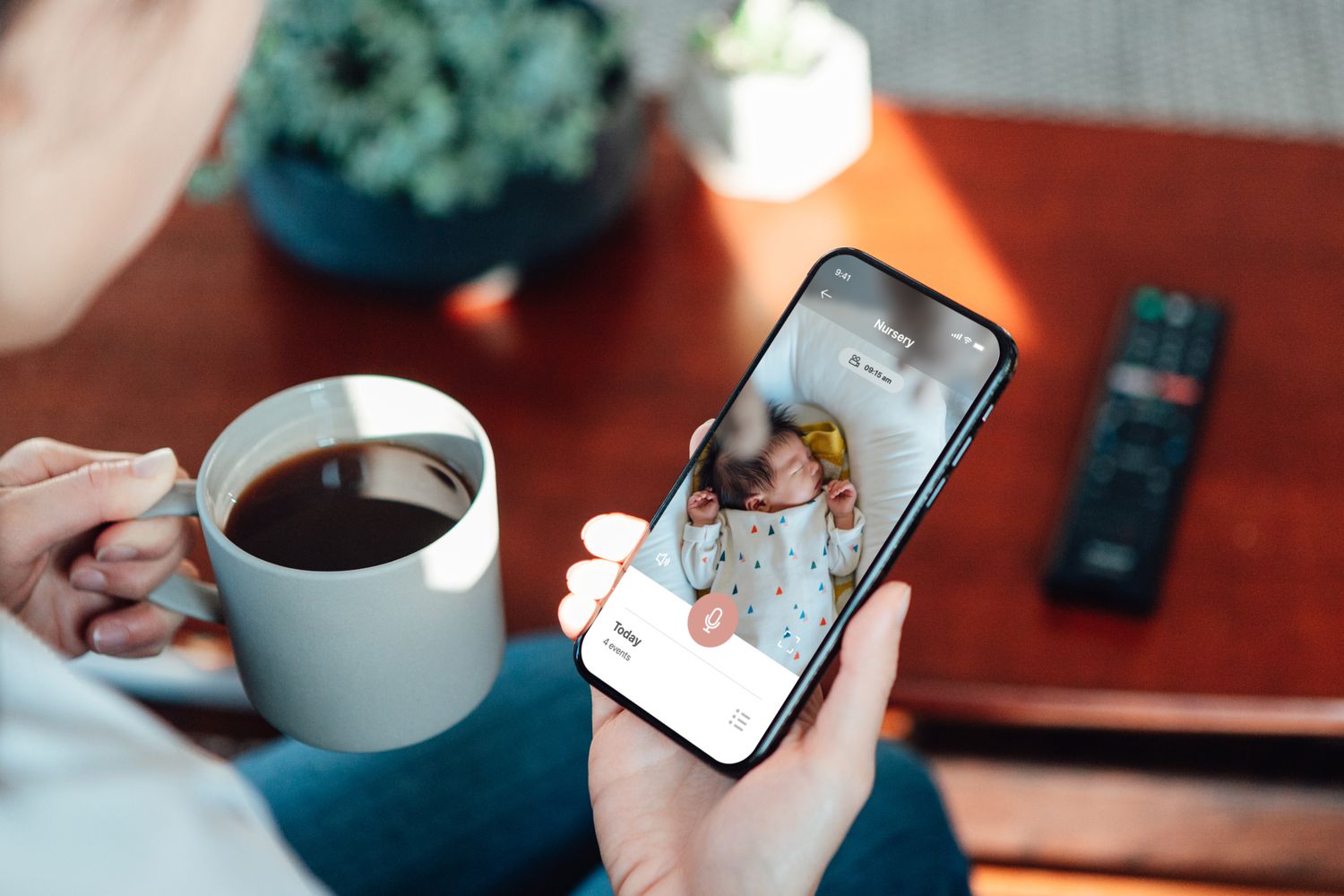
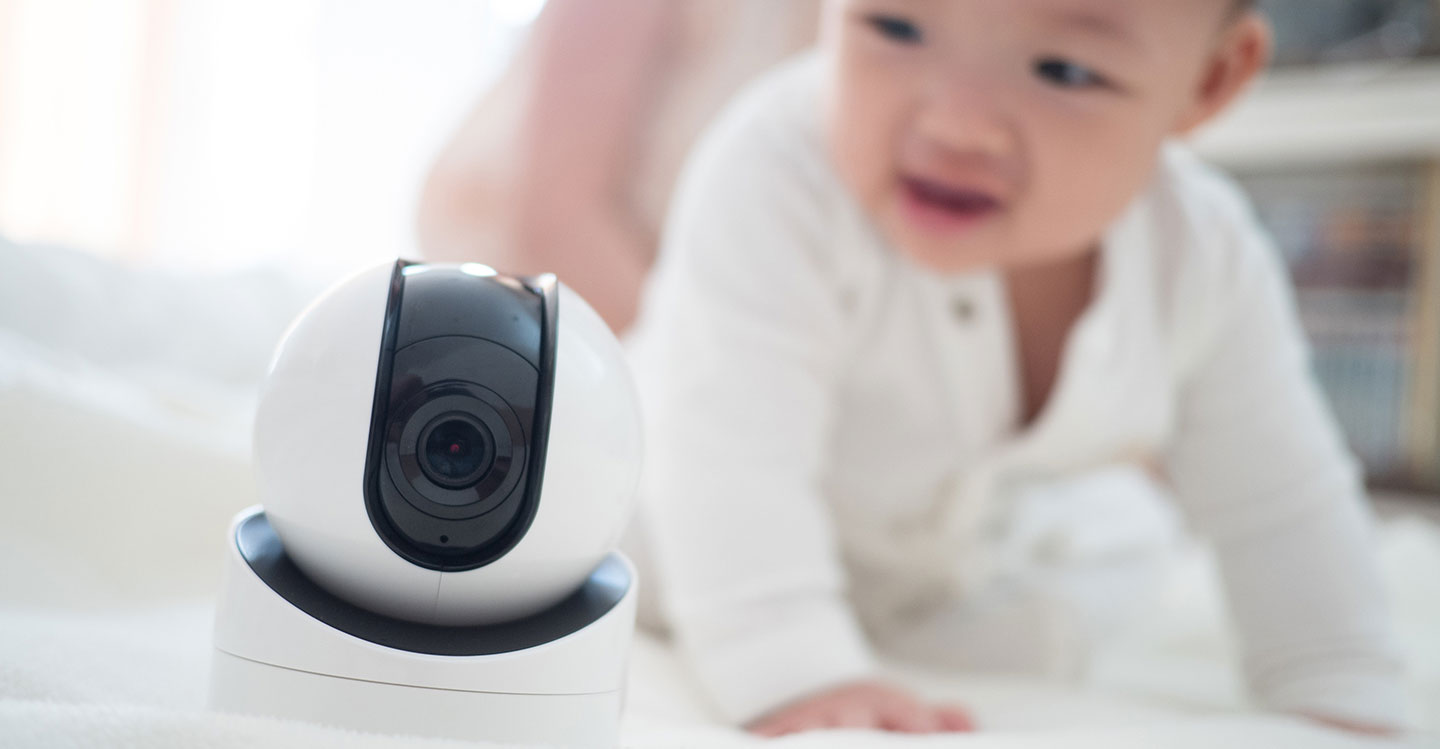
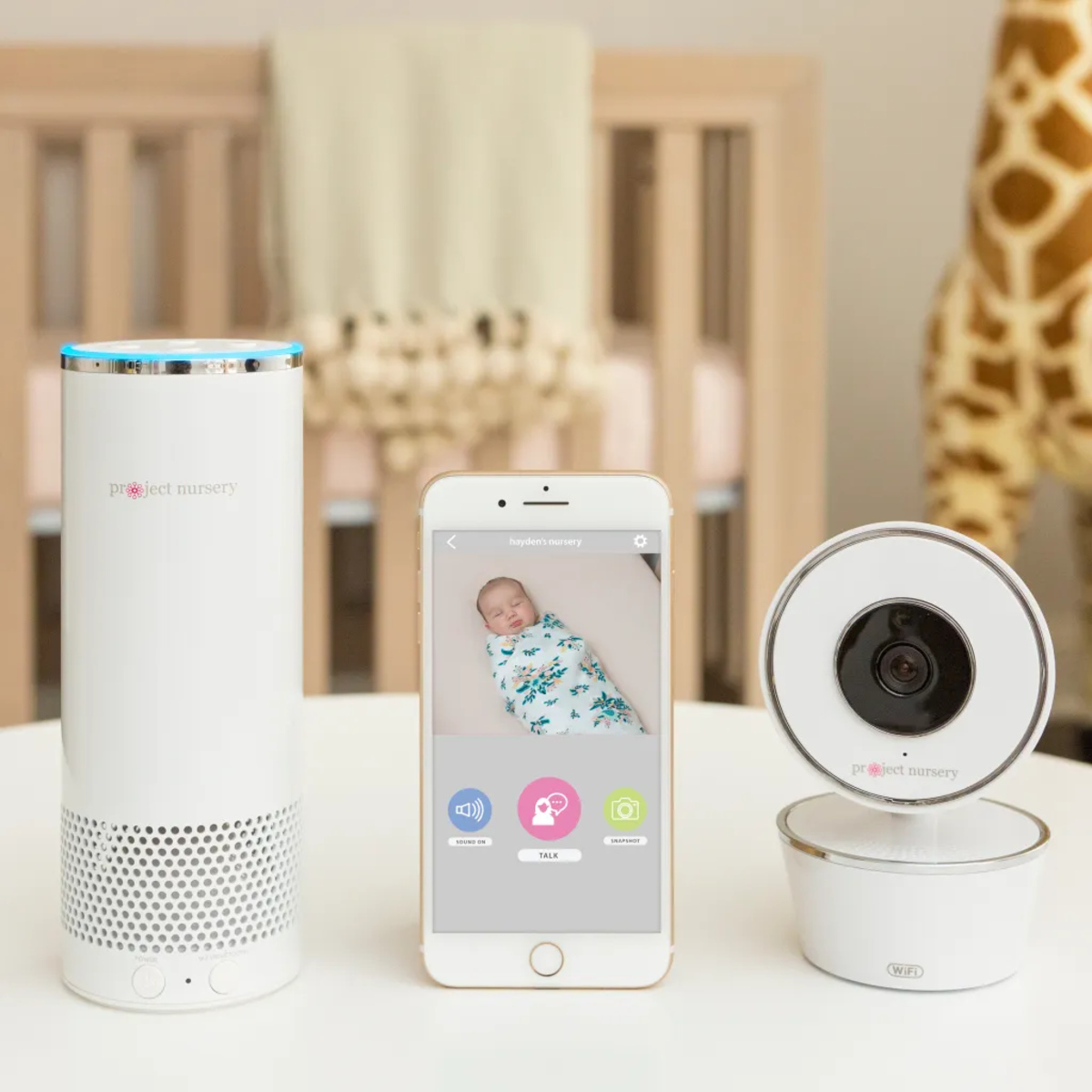
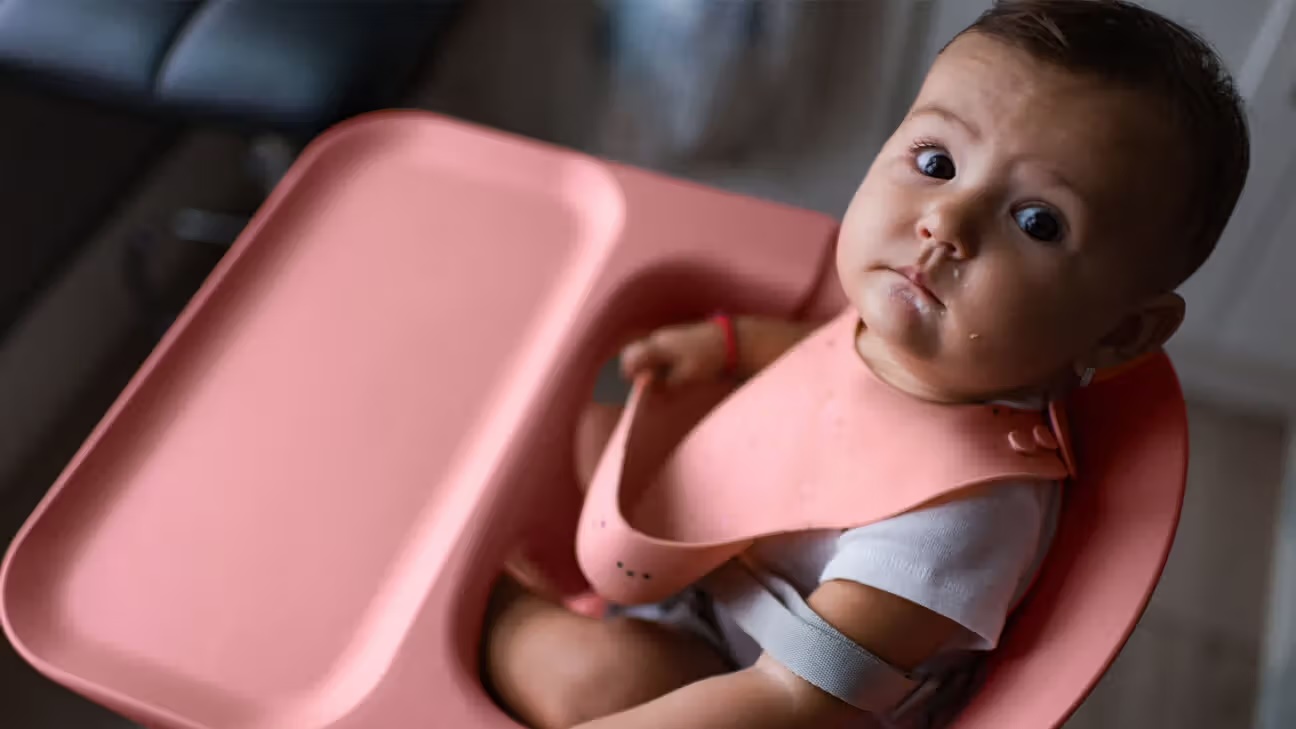
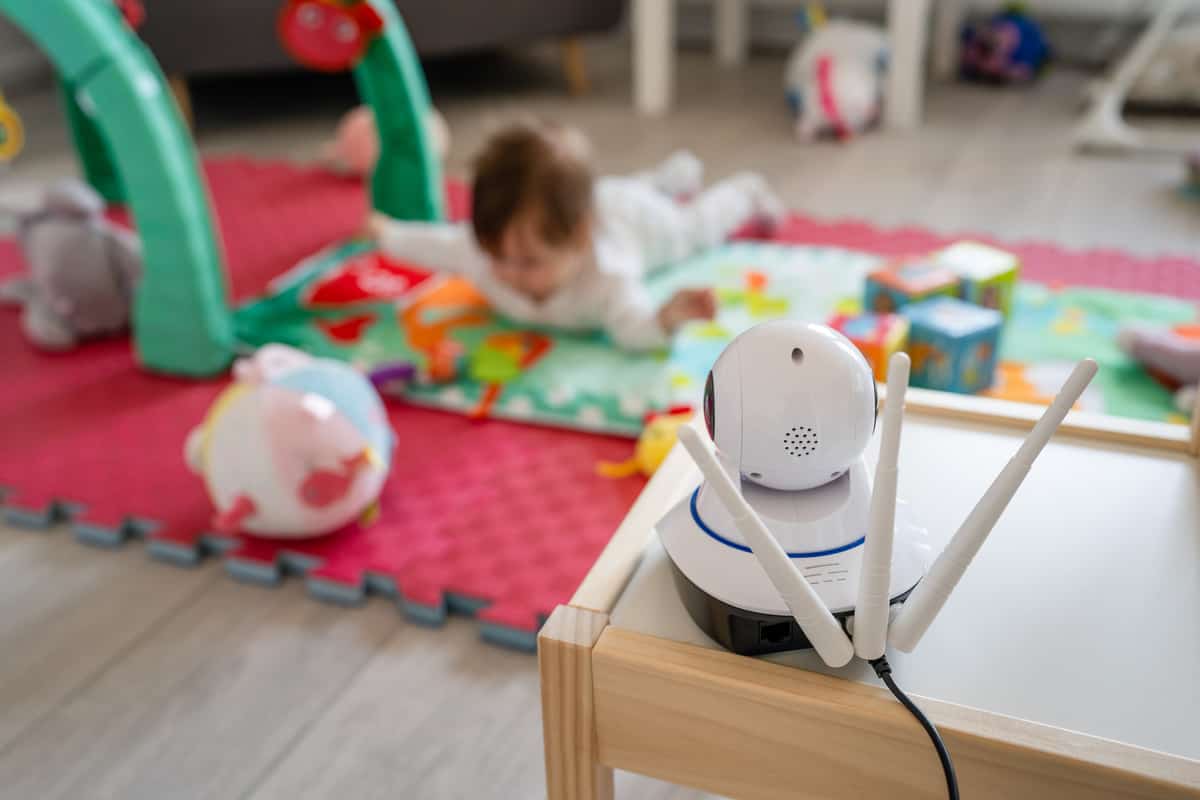
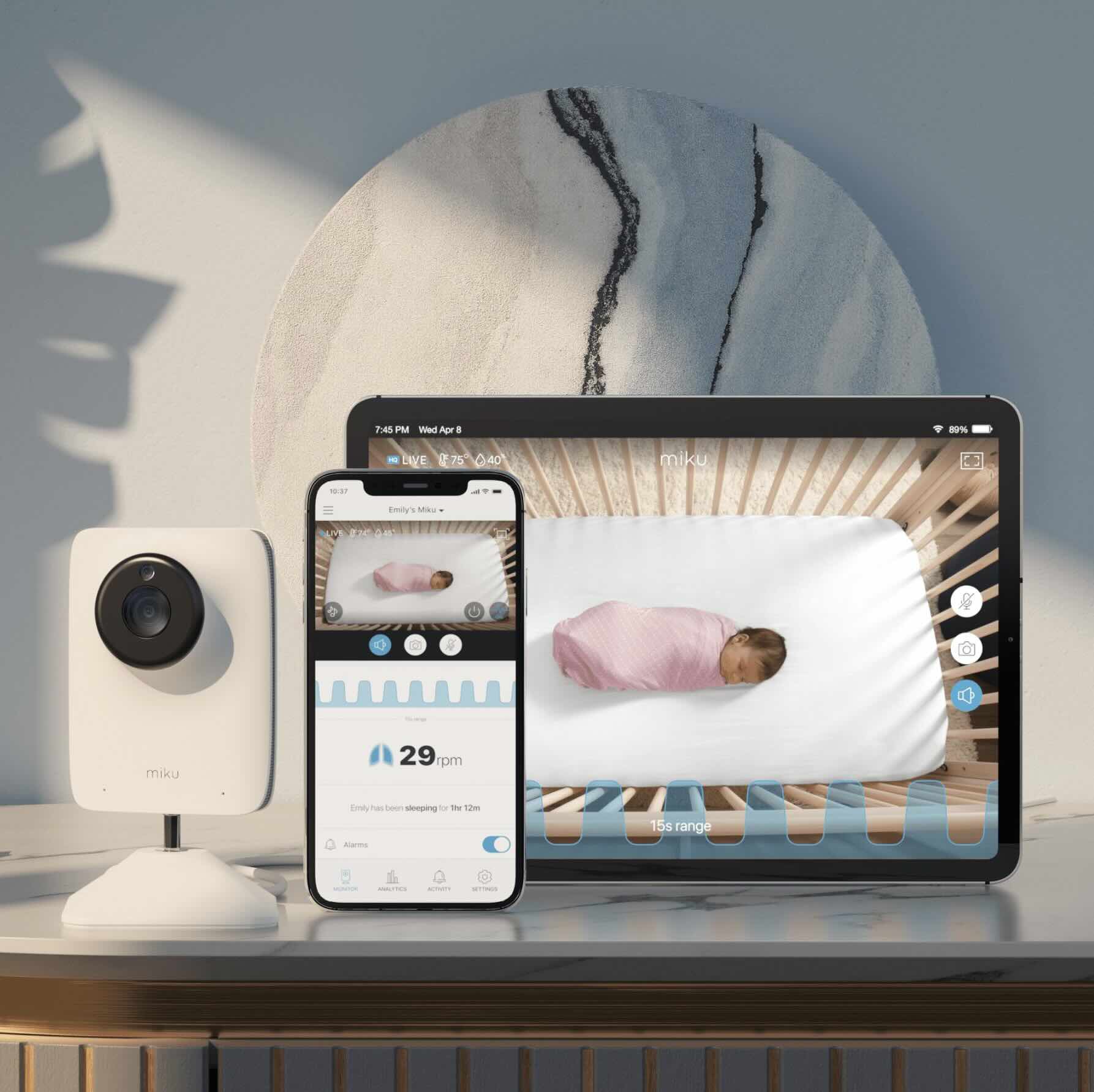
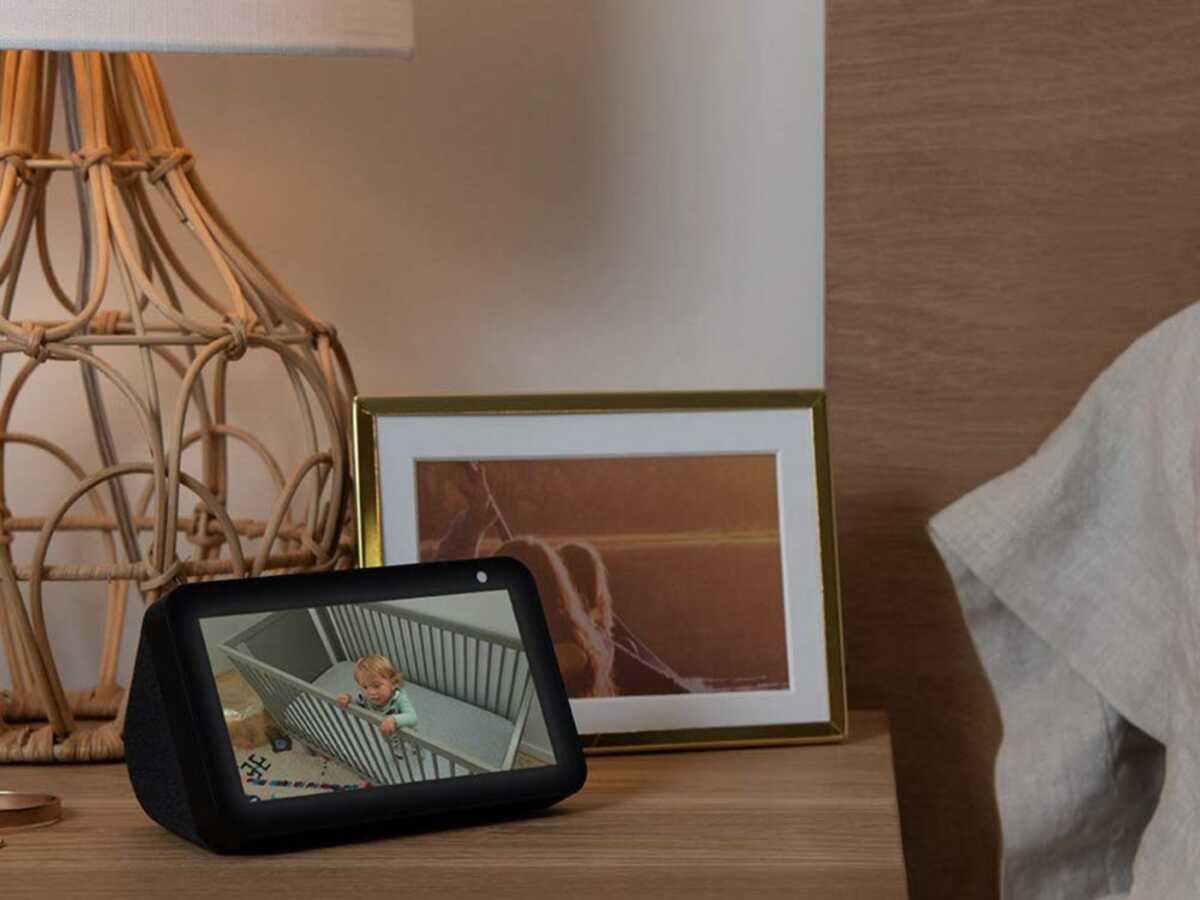
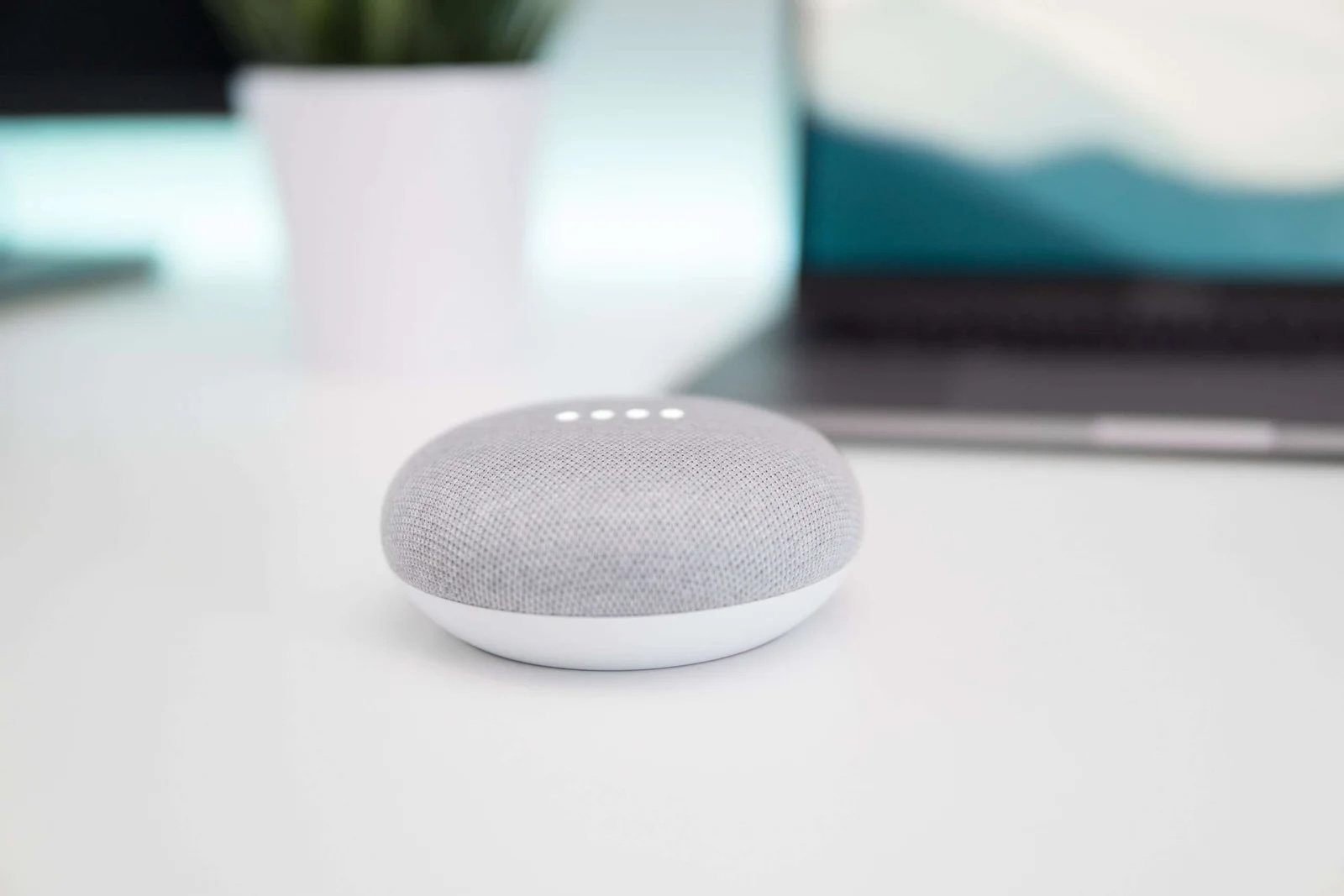
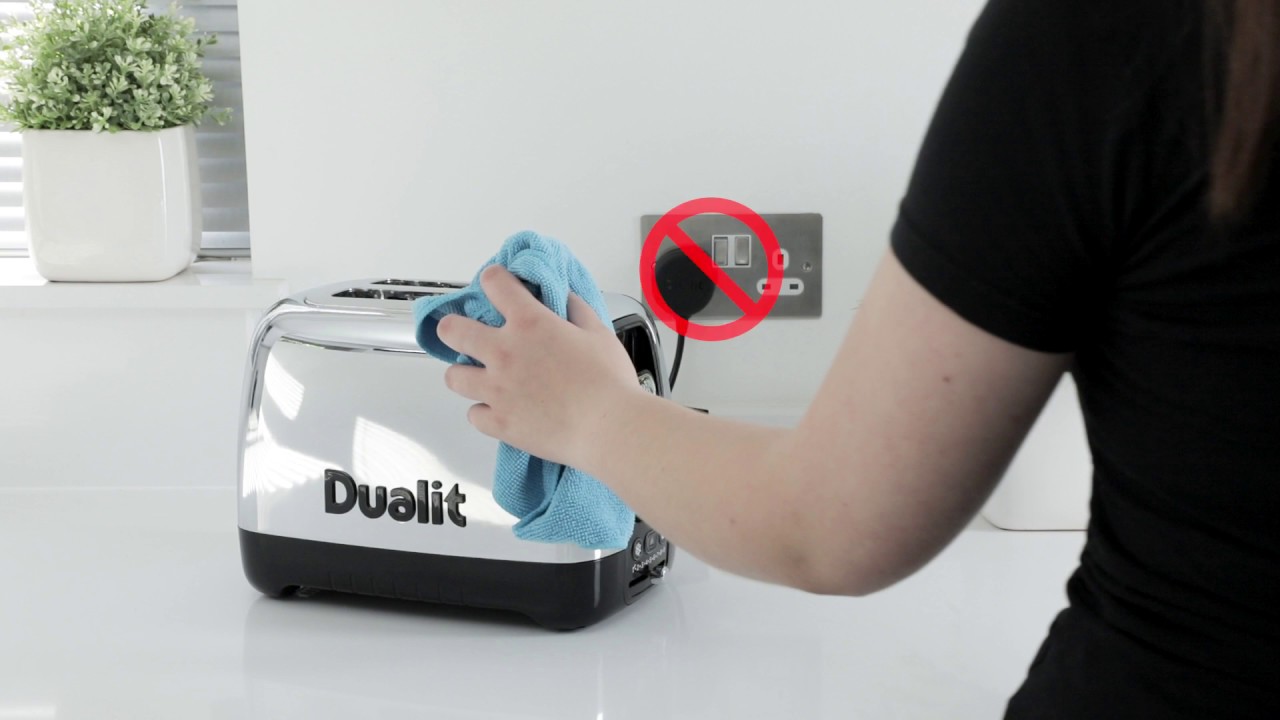
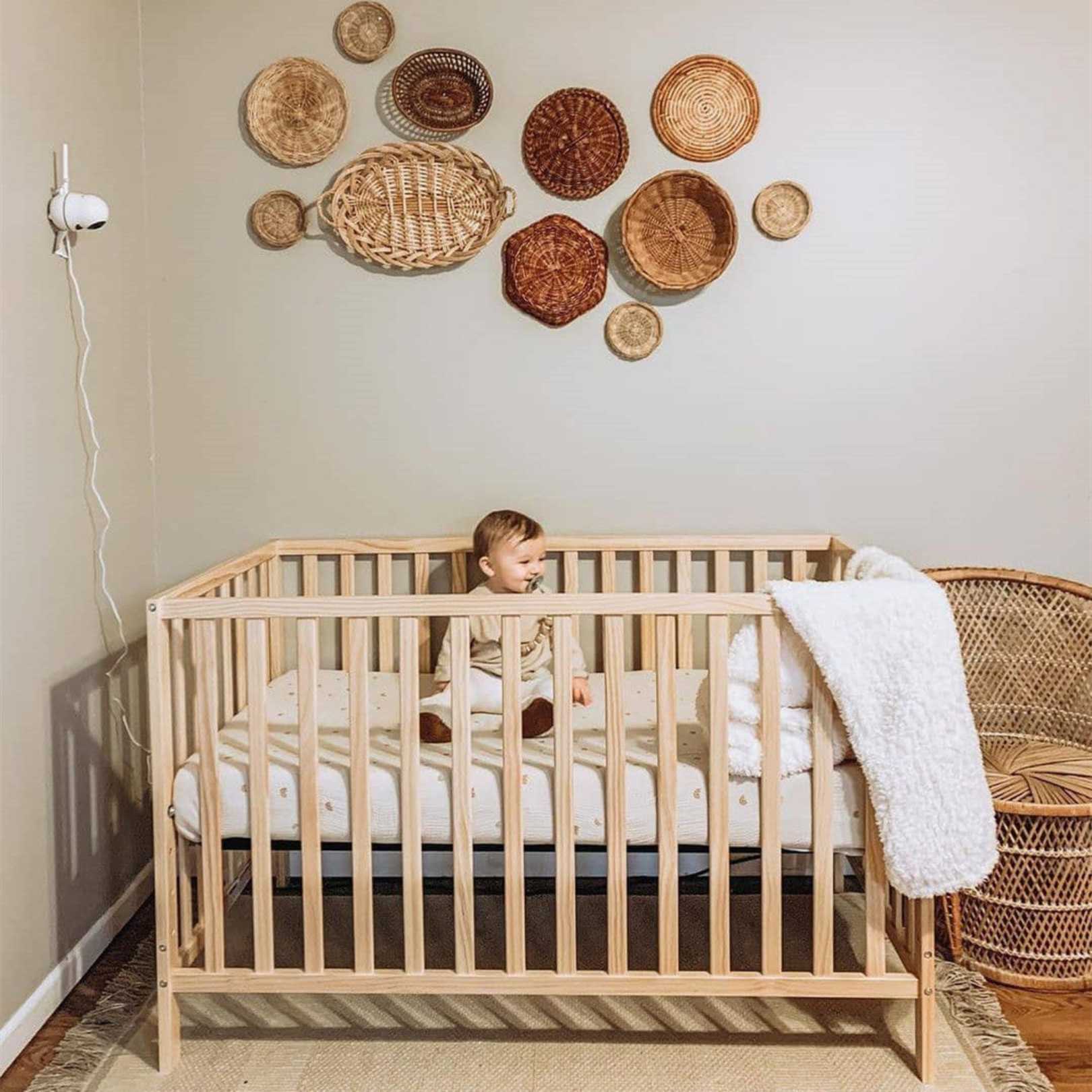
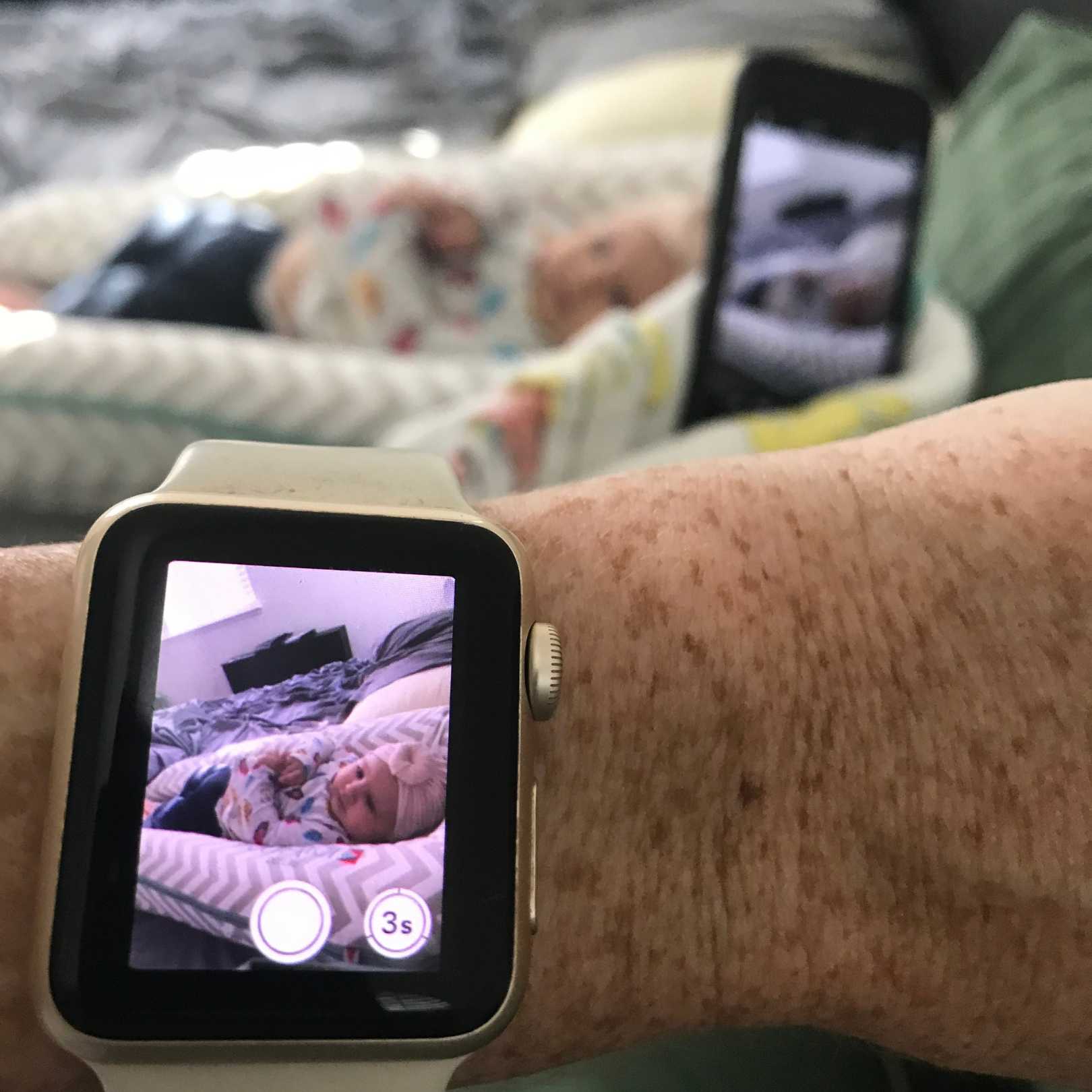
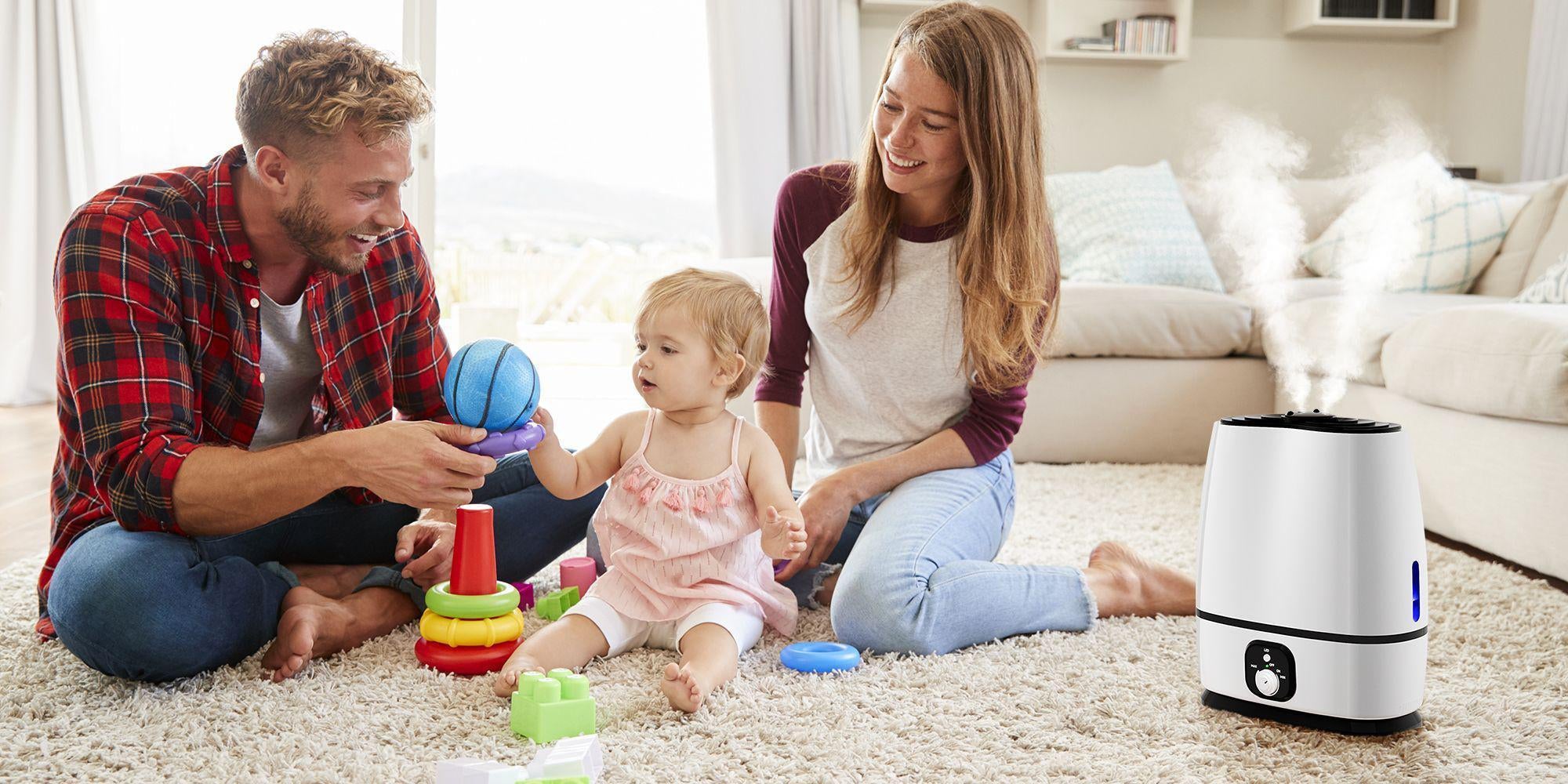
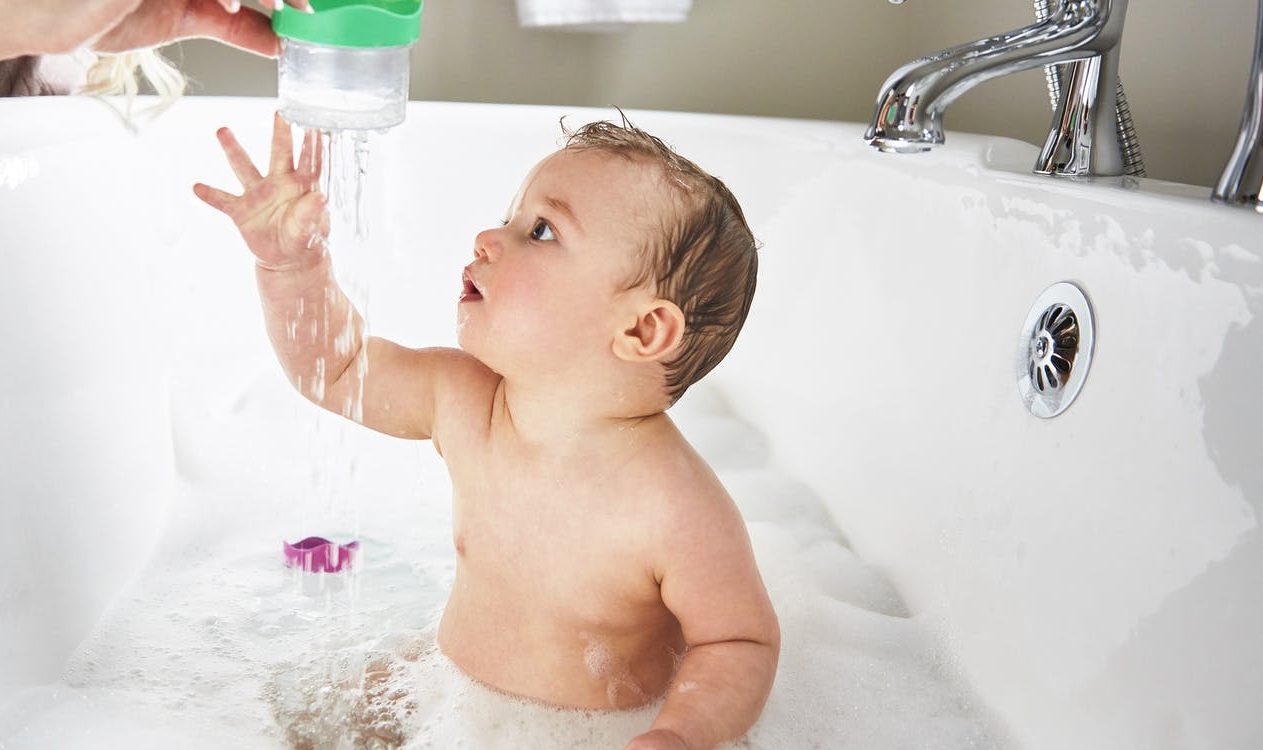
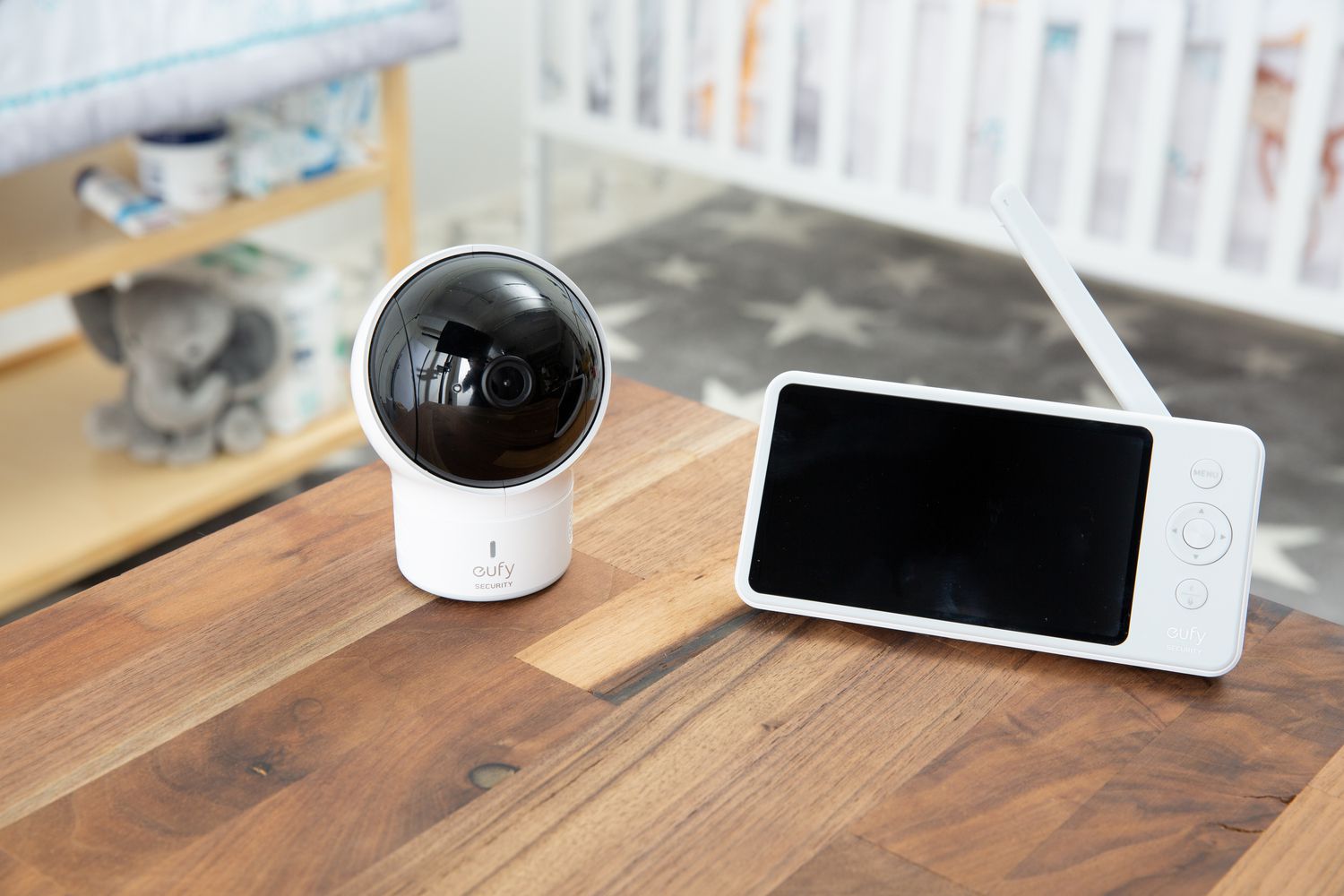

0 thoughts on “When Should You Stop Using A Baby Monitor”